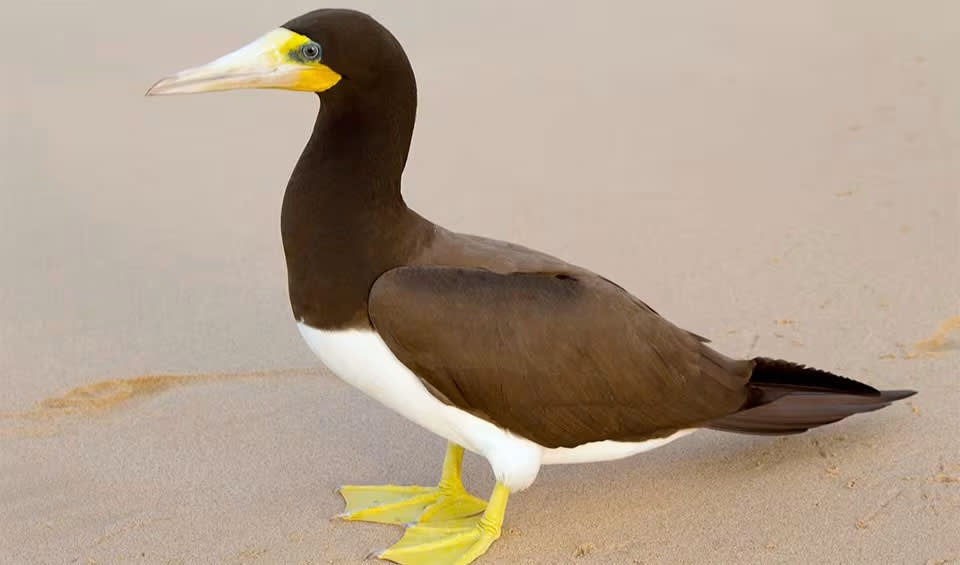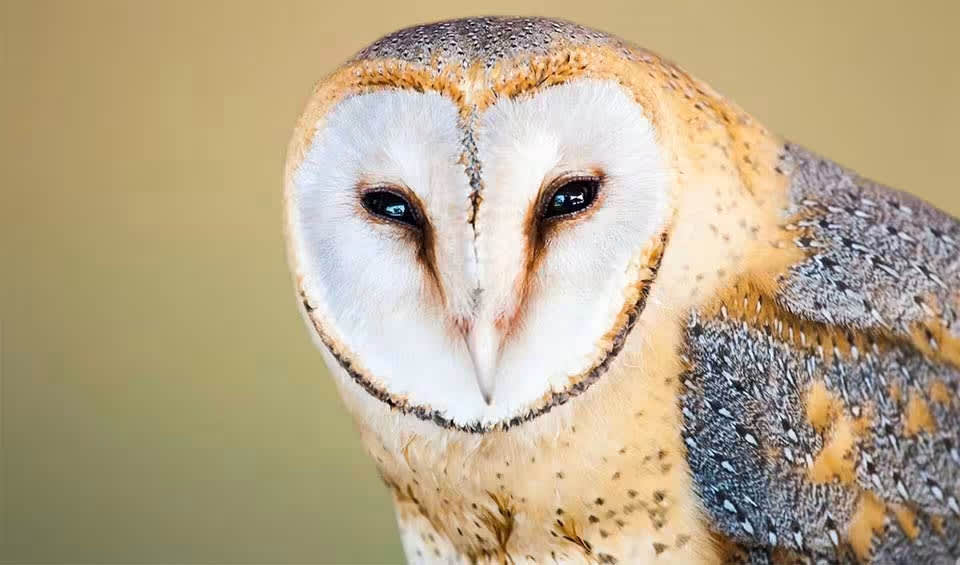São Tomé and Príncipe, an archipelago off the west coast of Central Africa, is a hidden gem renowned for its stunning landscapes and rich biodiversity. This tropical paradise, consisting of two main islands and several smaller islets, offers a captivating blend of lush rainforests, volcanic mountains, and pristine beaches.
Located in the Gulf of Guinea, São Tomé and Príncipe lies close to the equator, giving it a warm and humid tropical climate. The islands are volcanic in origin, featuring rugged terrain with towering peaks, fertile valleys, and extensive coastlines. The highest point is Pico de São Tomé, which rises to 2,024 meters (6,640 feet) above sea level. The climate is characterized by a wet season from October to May and a dry season from June to September, providing a perfect environment for diverse ecosystems to thrive.
Four pillars elaborated:
São Tomé and Príncipe has established several protected areas to conserve its natural heritage. The Obo National Park, which spans both islands, is a significant conservation area that protects a variety of ecosystems, from lowland rainforests to montane forests. The park is a haven for birdwatchers, with many endemic bird species residing within its boundaries. Conservation efforts on the islands are supported by both the government and international organizations, focusing on sustainable practices and community involvement to preserve the unique biodiversity. Land Management
Land Management
The primary pressures on biodiversity include habitat loss and degradation due to large-scale agricultural development, infrastructure projects, subsistence farming, exploitation of wood resources, and palm wine production. Additional disturbances arise from hunting, snail harvesting, and deforestation. The impact of alien invasive species, predation by introduced species, misuse of chemical products, and the degradation of marine and coastal ecosystems further exacerbate the situation. Indirect drivers are connected to socioeconomic development processes and the effects of climate change. Threats to Biodiversity
Threats to Biodiversity
São Tomé and Príncipe’s Biodiversity Strategy & Action Plan 2015-2020 outlines the nation’s commitment to conserving its rich biodiversity by focusing on protecting endangered species, restoring degraded ecosystems, and promoting the sustainable use of natural resources. Building on this, the Strategic Plan for São Tomé & Príncipe 2021-2030 sets ambitious goals for the next decade, aiming for a 10% increase in forest cover, a 20% reduction in marine pollution, and a 50% increase in the number of protected areas. Capacity and Governance
Capacity and Governance
Additionally, the 2030 Sustainable Development Plan for the Autonomous Region of Principe, developed in collaboration with UN-Habitat, targets sustainable development for the island of Principe with goals for protecting biodiversity, promoting renewable energy, and improving waste management.
The government of São Tomé and Príncipe, in collaboration with international and local partners, is actively working to protect and conserve the country’s unique biodiversity through several key initiatives. These include projects aimed at understanding and conserving forests and marine habitats, with extensive biodiversity surveys and 3D mapping to guide efforts. There is a strong focus on protecting endemic species, such as the critically endangered Príncipe thrush, through research, population stabilization, and reducing illegal hunting. Future Trends
Future Trends
Co-managed marine protected areas are being established to promote sustainable marine resource use, engaging local stakeholders and coastal communities. Efforts to combat coastal erosion and pollution include promoting sustainable fishing practices, proper waste management, and environmental education. Additionally, multi-stakeholder initiatives are underway to preserve coastal and marine ecosystems, particularly for endangered migratory species, supported by international financial and technical assistance. These comprehensive efforts reflect a commitment to preserving São Tomé and Príncipe’s rich natural heritage for future generations.
Biodiversity
The primary rainforests of São Tomé and Príncipe are among the most biodiverse in the world. These rainforests support a wide array of plant species, many of which are endemic. The islands’islands’ flora includes unique species such as the São Tomé begonia and various orchids. These forests are also home to a variety of wildlife, including the São Tomé shrew, the São Tomé grosbeak, and the giant sunbird, all of which are found nowhere else on Earth. The dense forest canopy and rich undergrowth provide habitats for numerous insects, amphibians, and reptiles, contributing to the islands’islands’ overall biodiversity.The coastal areas and surrounding waters of São Tomé and Príncipe are equally rich in biodiversity. The islands’ beaches, mangroves, and coral reefs support diverse marine life, including various fish species, sea turtles, and marine mammals such as dolphins and humpback whales. The coral reefs around the islands are particularly significant for their ecological richness, providing essential habitats for marine organisms and contributing to the health of the marine environment.
In the table below are the number of known species in several main groups, how many of these species are Threatened with extinction, and how many of them are Endemic (unique to Sao Tome and Principe only):
| Species (World rank) |
Threatened | % Threatened | Endemic | % Endemic | |
|---|---|---|---|---|---|
| Mammals | |||||
| Birds | 90 (#197) | 14 | 15.6% | 29 | 32.2% |
| Reptiles | 17 (#167) | 5 | 29.4% | 15 | 88.2% |
| Amphibians | 9 (#141) | 3 | 33.3% | 7 | 77.8% |
| Fishes | 357 (#142) | 45 | 12.6% | 4 | 1.1% |
| Plants | 895 (#180) | 49 | 5.5% | 37 | 4.1% |
mammals
Common bottlenose dolphin
Known for their acrobatic leaps, twisting and turning gracefully as they jump completely out of the water
Pantropical spotted dolphin
A champion swimmer and a social butterfly of the warm seas
birds
Little egret
During breeding, they transform with elegant white plumage, adorned by decorative plumes on the head, neck, and back
Brown booby
An impressively acrobatic bird that can catch flying fish mid-jump
Barn owl
The most cosmopolitan of owls with home ranges extending across the globe
reptiles
Leatherback sea turtle
The mysterious diver of the ocean is the largest and only sea turtle without a hard shell and scales
Hawksbill sea turtle
Its slender frame and narrow head bear a beak curved like a hawk’s, earning this marine marvel its name
Green sea turtle
Largest hard-shelled sea turtle on earth
National Animals
Peregrine falcon
At the speed of over 321 km/h (200 mph), this bird outraces a Formula1 car













